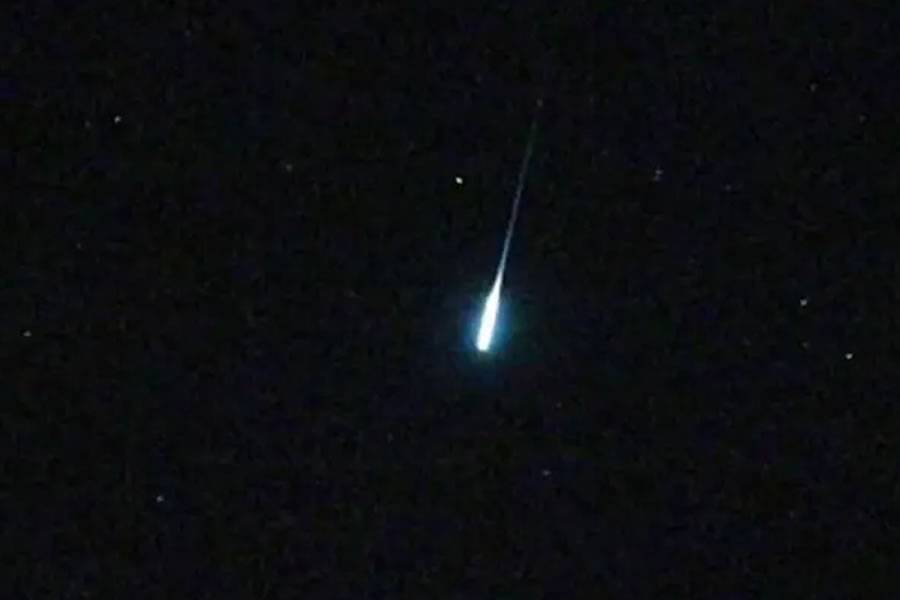VIDEO: Spectacular shooting star filmed over the Canary Islands
The beauty of the Canary Islands is not confined to its landscapes but also extends to the skies. This week, an awe-inspiring shooting star from the Gemínids meteor shower graced the night sky over the Llanos de La Pez region in Gran Canaria, creating a luminous spectacle that captured the imagination of onlookers.
The much-anticipated Gemínids meteor shower of 2023, a celestial phenomenon renowned for its breathtaking displays, unfolded on Thursday night (December 14th to 15th).
The event was witnessed across the Canary Islands, but was caught on video over Llanos de La Pez, where a radiant bolide streaked across the heavens, leaving a luminous trail in its wake.
Observers were treated to a celestial extravaganza as the Gemínids meteor shower, an annual event associated with the debris from the asteroid 3200 Phaethon, reached its peak.
The meteor shower, known for producing bright, colourful meteors, illuminated the night with its celestial fireworks, adding a touch of magic to the nocturnal canvas above Gran Canaria.
Enthusiasts and stargazers gathered in the Llanos de La Pez, marvelled at the celestial display, describing it as a once-in-a-lifetime experience. The brilliance of the meteor shower was enhanced by the clear night skies, providing an unobstructed view of the cosmic spectacle.
Despite the scientific explanation of the Gemínids meteor shower, the event continues to captivate both seasoned astronomers and casual sky watchers, reaffirming the allure of the night sky and the wonders it holds.
As the celestial show unfolded over Gran Canaria, social media platforms were flooded with mesmerizing images and videos captured by those fortunate enough to witness the meteor shower.
Other articles that may interest you…

Dr. Thomas Hughes is a UK-based scientist and science communicator who makes complex topics accessible to readers. His articles explore breakthroughs in various scientific disciplines, from space exploration to cutting-edge research.








